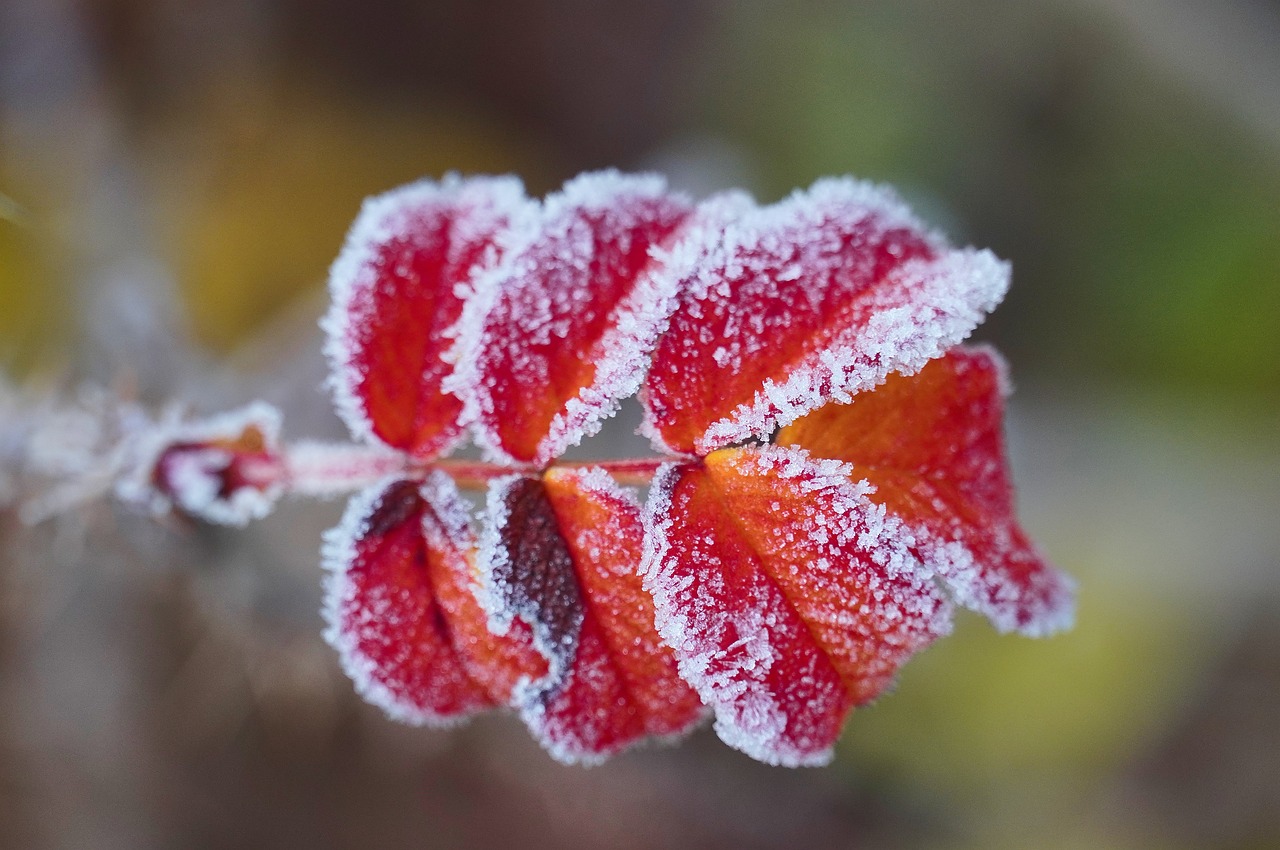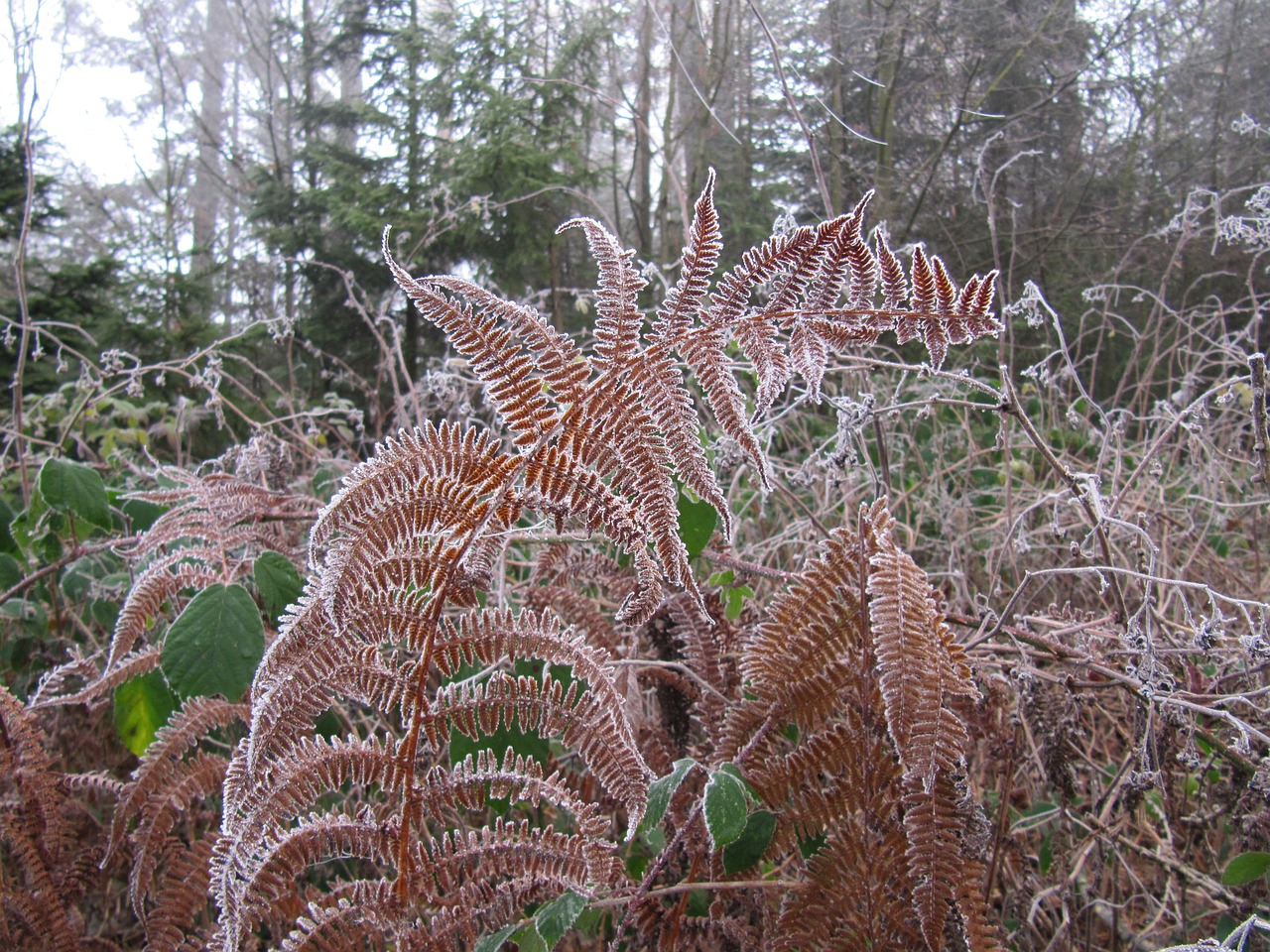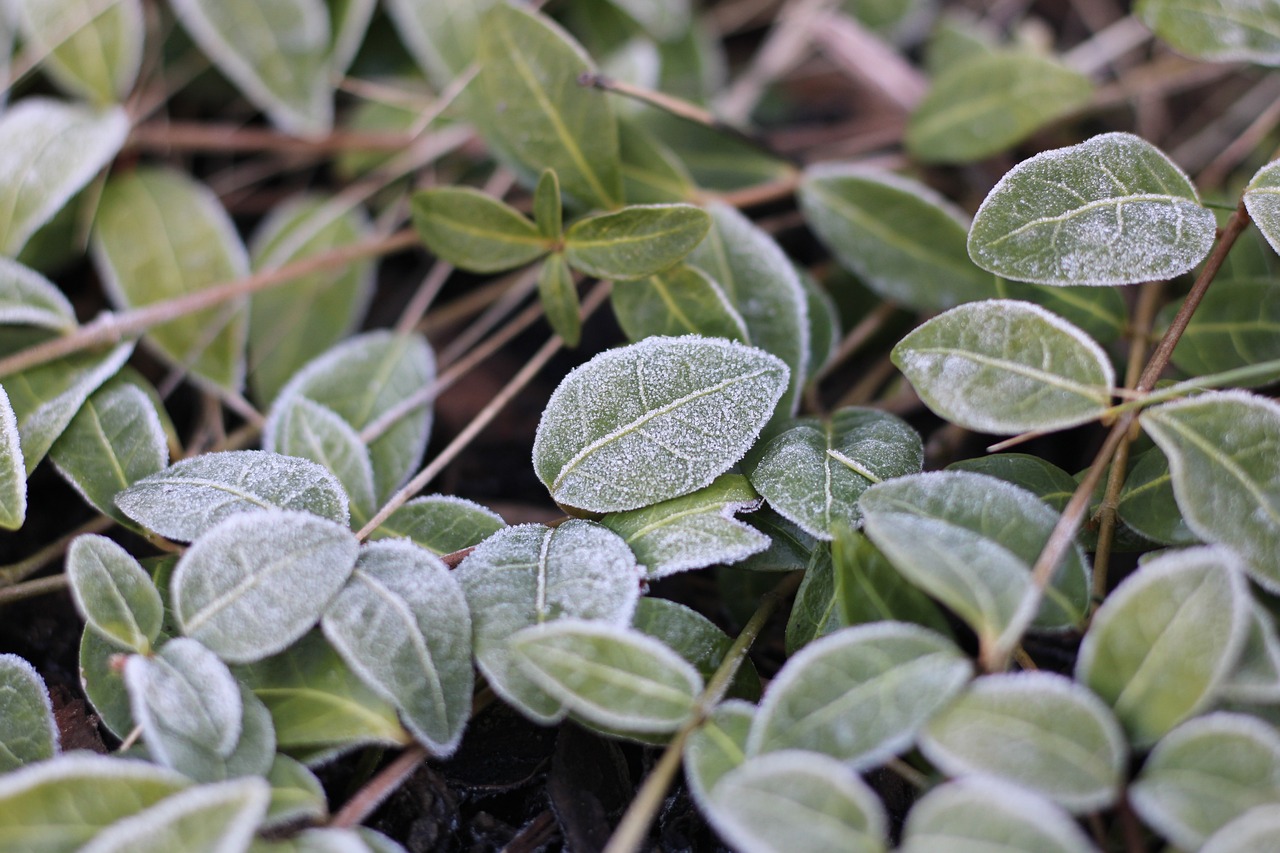How to protect plants from frost UK

Protecting plants from cold weather is a must during the winter months. With the frost, sudden drop in temperature and windy winter weather, it is necessary that precautions should be taken. During the dormant season, many plants may succumb to frost damage or cold weather and roots can become rotten. It is therefore vital to protect plants before the frost arrives to ensure a good display next year.
There are certain types of vulnerable plants that require extra attention. You should always keep a close eye on and protect delicate plants, tender and young plants from frost.
The degree to which you protect your plants is dependent on where you live. In sheltered city gardens, it is possible that you may not require any protection at all. However, if you live in the countryside and your garden is exposed, it's going to require more work to protect plants sufficiently.

General Winter Protection
Generally, to protect plants that are in your garden, start by applying a layer of mulch around 6cm deep in the beds and borders of your garden. You could opt for bark or decorative mulches such as slate chippings or gravel. Around the plants themselves, you should use grit as this will stop moisture from collecting and prevent the roots from rotting. The mulch will help to keep your plants warm and insulated during the cold weather and protect them from frost damage.
If you use mulch such as bark this is able to break down during winter, adding nutrients to your soil as well as improving drainage. When mulching your plants you may wish to take cuttings as a backup in case plants do not survive the winter.

Protecting Potted Plants
To protect potted plants from frost damage, they should be brought indoors as soon as the temperatures drop the containers struggle to retain heat without the soil to keep them insulated.
However, you need to ensure that wherever you take potted plants isn't too warm. A garden room or frost free place that's not in the main home protects plants from frost more than enough.
With potted plants, it's important to remember to move them back outside as soon as the weather warms and to ensure that you're watering plants when they come back outside and start to absorb heat from the morning sun.

Protecting Tree Ferns
Tree ferns in sheltered areas may only require a packing of straw over the crown and some protection from the rain however in other areas where the cold air can cause frost damage, frost protection is required and these plants will require complete wrapping. Use straw and wire to protect the tree fern wrapping the straw around the base of the trunk. Use wire around the rest of the trunk ensuring you leave enough space to pack with straw. Using straw to wrap your trunk allows enough ventilation however also ensures it keeps warm.
Leave the fronds on the crown as they are able to offer further protection. Do not worry if brown patches begin to appear as these can be cut off during the next season. If you feel the plant needs more protection you can pack the crown with straw.

Protecting Tropical Plants
It's essential that you protect plants such as banana plants during winter. These tropical plants are tender plants that require careful protection to avoid losing plants through frost damage. To protect plants begin by removing all leaves and anything else so that you are left with the trunk. Place wooden stakes around your plant and push them firmly into the ground so that they are able to withstand strong winds. Make sure when placing the wooden stakes in the ground you leave enough room for a layer of straw to be added around the trunk of the plant.
You should then wrap a willow fencing roll around the stakes and secure this with string. You should repeat this process until the height of the trunk has been protected by the willow fencing roll. Any gaps that are left between the fencing roll and the trunk should be packed with straw.

Protecting Succulent Plants
Succulent plants are not able to withstand any freezing temperatures at all and therefore require careful frost protection. You should transfer them into grit to stop the roots from rotting in the wet soil when the plants go into their dormancy stage. Store your succulent plants in a frost free greenhouse, pick the most sheltered position ensuring they are fully protected. You should make sure that you ventilate the plants on a regular basis by opening up the greenhouse to stop the moisture from building up.

Protecting Alpine and Rockery Plants
Alpine and rockery plants can be protected individually. You should protect plants with a piece of plastic over the top to cover plants, this will shelter them from wind and wet weather. Build some bricks so the plastic is able to be supported and ensure it is secure and will not blow away. To protect a whole bed or rockery you should build a frame and place a large piece of plastic over the top. Leave the sides of the frame uncovered so that the plants are able to get some ventilation.

Wrapping Up
Overall protecting plants when temperatures hit freezing point is a tough job. However, by keeping basic supplies in stock, checking the weather forecast and taking other suitable protection, it's a job that most are able to navigate successfully.
If protecting plants through winter sounds like something you'd rather not tend to, it might be worth looking at hardy plants. Hardy plants are frost resistant and can continue to be left in the cold air. This makes the job of protecting plants from frost significantly easier, however, it's still best to keep an eye on them.




